AI Safety Client Support
We can handle nearly anything that’s needed for you to achieve your most valuable AI safety goals. Here are a few examples:
We can handle nearly anything that’s needed for you to achieve your most valuable AI safety goals. Here are a few examples:
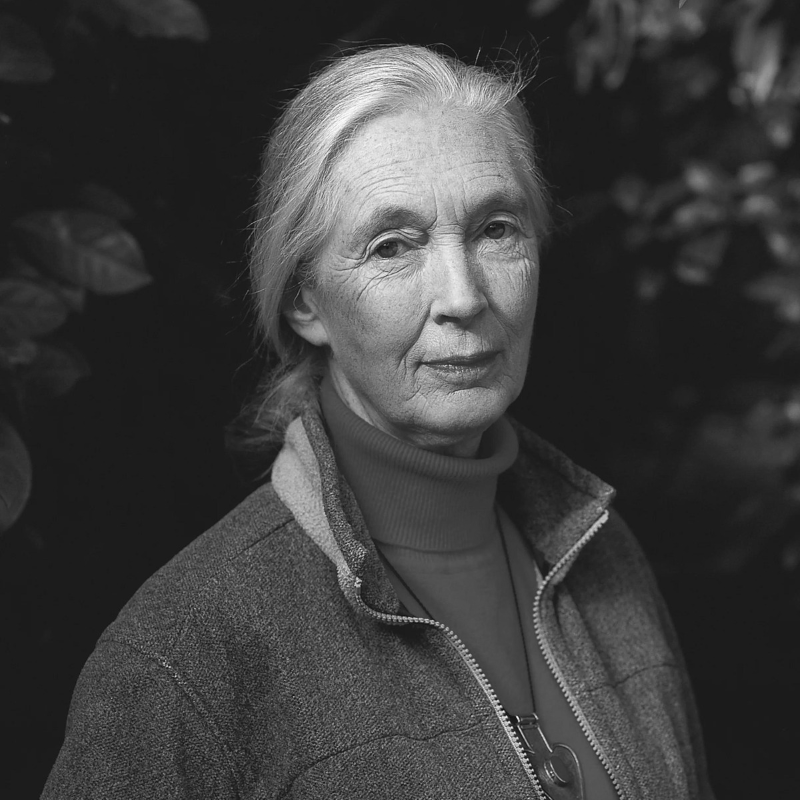
“Lasting change is a series of compromises. And compromise is all right, as long as your values don’t change.”
Why: To speak out for the protection of chimpanzees and to redefine conservation to encompass the wellbeing of local people and the environment.
What: Primatologist, anthropologist, founder of the Jane Goodall Institute and Shoots & Roots. Goodall’s studies helped to define and deepen our understanding of chimpanzees. She also received the distinction of a doctorate from Cambridge University without any undergraduate education.
How: Jane’s love for animals began at an early age. She started her career working as a secretary and a film production assistant as a means to fulfill her dream of living among and studying wild animals in Africa. Upon arriving in Tanzania, Goodall’s passion for and knowledge of animals and nature, high energy, and fortitude made her a great candidate to study chimpanzees. She was quickly recognized and offered a job in the Gombe Stream Game Reserve. Without any professional training or education in the field, she possessed an unorthodox approach to observing primates, which eventually redefined the way we view them. Goodall discovered the ingenuity that chimpanzees are capable of when they use tools to hunt for smaller animals. She eventually went on to advocate not only for chimpanzees but also for the environment and the vulnerable communities of the rural regions she worked in.
Sources: National Geographic
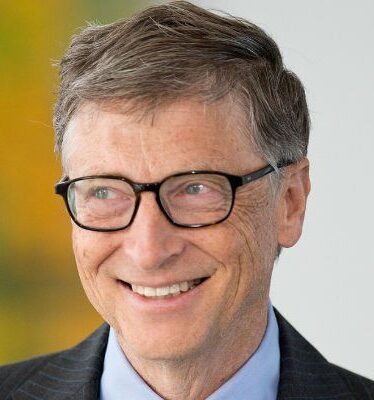
“To win big, you sometimes have to take big risks.”
Why: A vision of “computer on every desktop and in every home”.
What: Co-founder of Microsoft Corporation. During his career at Microsoft, he held the positions of chairman, CEO, president and chief software architect. He was a pioneer of the microcomputer revolution in the 1970s and 1980s. Later in his career at Microsoft, Gates pursued philanthropic endeavors through Bill & Melinda Gates Foundation.
How: His parents encouraged him to think independently and provided a values system that encouraged hard work, ethics, consideration for others, and determination. He leveraged this framework to become a legend based on the expert knowledge he collected, the emotional intelligence he developed, the passion he had for industries and communities, the visionary ideas he proposed and executed, the social network he created for mentorship, and the personal power he passed on to others. He grew up in a warm and close family atmosphere, and was encouraged to be competitive and strive for excellence. His supportive family encouraged his interest in computers at an early age and wrote his own program at age 13. He has an uncanny business acumen and a boundless appetite for finding new ways to make computers and electronics more useful through software. His intelligence allowed him to see all sides of the software industry, from product development to corporate strategy. When analyzing any corporate move, he developed a profile of all the possible cases and ran through them, asking questions about anything that could possibly happen.
Image credits: Medium
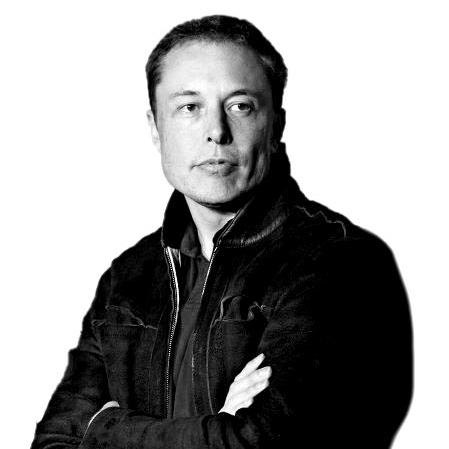
“I think it is possible for ordinary people to choose to be extraordinary.”
Why: To make humanity multiplanetary, accelerate the world’s transition to sustainable energy, create the new world currency, ensure artificial general intelligence benefits all of humanity, connect the brain to computers, and enable fast, safe, and comfortable transportation.
What: Founder, CEO, CTO, and chief designer of SpaceX; CEO and product architect of Tesla, Inc.; co-founder of PayPal; co-founder of OpenAI; co-founder of Neuralink; and founder of The Boring Company. His successes has earned him centibillionaire status.
How: Musk developed an interest in computers at the age of 10 and taught himself how to program. He consumed a lot of science fiction and fantasy as a kid, which fueled his imagination as an adult. He developed deep conviction in himself and his work and was able to think big and defy his critics. He often analyzed problems in terms of expected value and from first principles. He also maintained an intense work ethic, reportedly working 80-120 hours a week for long stretches of time. He repeatedly kept “skin in the game” and took a substantial number of personal risks. His early successes in building Zip2 and X.com (now PayPal) provided him the capital to invest in his current companies.
Image credits: Britannica
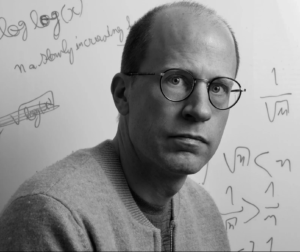
“Human life, at its best, is fantastic. I’m asking you to create something even greater. Life that is truly humane.”
Why: To develop “macrostrategy”, the study of how the value of ultimate outcomes may be connected to present-day actions.
What: A Swedish philosopher and polymath at the University of Oxford who is known for his work on existential risk, the anthropic principle, human enhancement ethics, whole brain emulation, superintelligence risks, and the reversal test. He is the founding director of the Future of Humanity Institute and the author of more than 200 publications.
How: Nick’s fondness of interdisciplinary thinking began at an early age when he developed an avid fascination with philosophy, anthropology, science, art, and literature, as well as theoretical physics, computational neuroscience, logic, and artificial intelligence. His wide interests all share a common aim: figuring out how to orient humans with respect to important values. From competing in academic tournaments to dabbling as a stand up comedian, he eventually became a world-renowed researcher, philosopher, and leader in the field of existential risks. He’s known for poignant remarks such as “We’re like children playing with a bomb,” underscoring the severe consequences of humanity’s cavalier actions around AI. He established the Future of Humanity Institute to cultivate an intellectual microclimate, providing individuals from diverse disciplines the freedom to engage with and explore profound questions concerning the future of humanity.
Image credits: GettyImages
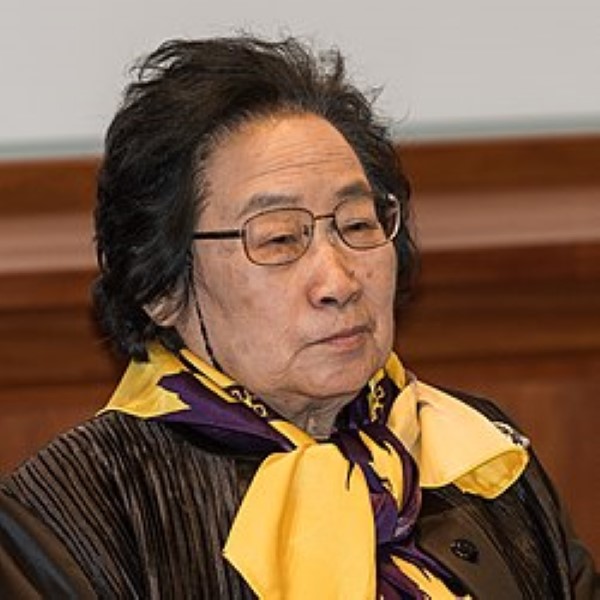
“Every scientist dreams of doing something that can help the world. When you are entrusted with an assignment, you do your best.”
Why: To conquer life-threatening illnesses worldwide using traditional Chinese medicine.
What: Recipient of the Nobel Prize in Physiology or Medicine (2015) and the Lasker-DeBakey Clinical Medical Research Award for her discovery of one of the world’s most effective cures against malaria.
How: Tu Youyou is best known for her isolation and study of artemisinin, which yielded in one of the most effective cures for malaria. After being afflicted with tuberculosis at the age of 16, she was inspired to pursue medical research. She eventually worked for The Academy of Traditional Chinese Medicine where she was appointed head of Project 523, an initiative aimed at finding a new cure for malaria as it was becoming resistant to existing remedies at the time. Her team studied ancient Chinese texts in medicine to seek other ways that this illness could be cured. After multiple attempts, they were able to successfully extract artemisinin from qinghao or wormwood. The World Health Organization recommends the use of artemisinin as a first-line treatment for malaria to this day.
Image credits: Britannica
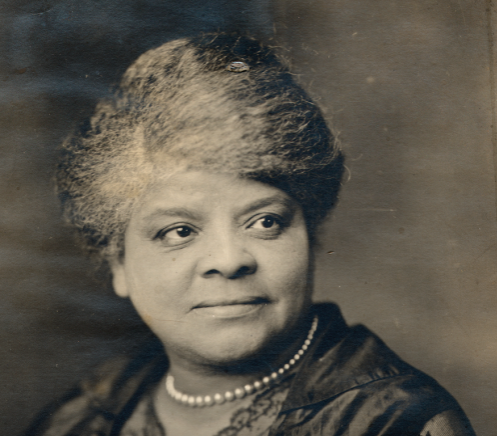
“One had better die fighting against injustice than to die like a dog or rat in a trap.”
Why: To combat prejudice and violence, and advocate for African-American equality, especially for women.
What: American investigative journalist, educator, and early leader in the civil rights movement, as well as one of the founders of the National Association for the Advancement of Colored People (NAACP) in 1909. She is best known for her pioneering work in investigative journalism and activism against lynching in the late 19th and early 20th centuries.
How: Since a young age, Ida experienced racism, sexism, and violence as an African-American woman under Jim Crow laws in the United States. She chose to not remain silent. Among other things, she became a co-owner and wrote for the Memphis Free Speech and Headlight newspaper where she exposed and condemned the brutal treatment of African-Americans. When her office was destroyed by a mob in response to her anti-lynching editorials, she responded by writing an in-depth report about lynching for the New York Age. Despite being forced to leave her home in Memphis due to threats on her life, she persisted in confronting systemic racism and advocating for equal rights. Amidst institutional and structural oppression, she demonstrated a powerful combination of tenacity, outspokenness, boldness, and altruism. She left an indelible mark on the fight for civil rights and social justice.
Image credits: University of Chicago
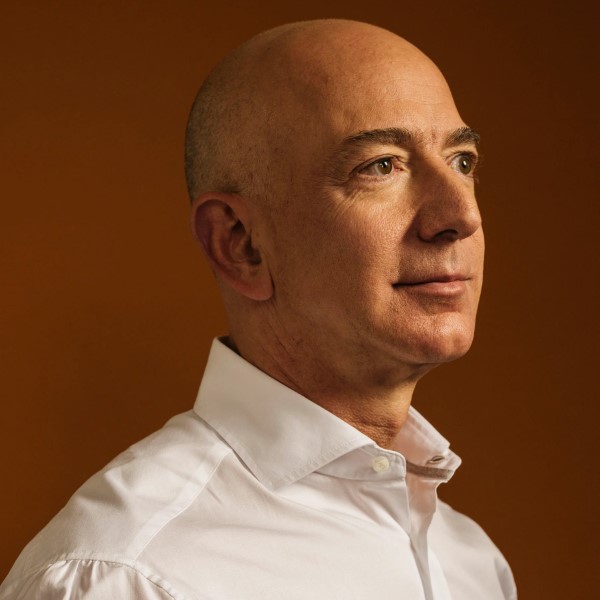
“If you double the number of experiments you do per year you’re going to double your inventiveness.”
Why: To build an “everything store” and to open space for all.
What: Founder, CEO, and president of Amazon, founder of Blue Origin, and owner of The Washington Post. He was the first centibillionaire in recent history and is regularly the richest person in the world.
How: Bezos applied what he called a regret minimization framework to decide on the riskier path of creating an Internet startup as opposed to staying at his high-paying hedge fund job. Risk-taking was par for the course for Bezos. In his work, he always had a long-term “win big” focus and a hard-charger attitude. His inventive mindset and willingness to experiment and often fail was baked into the culture of Amazon. In his leadership, he has incorporated both firmness of conviction and flexibility, leading to high-quality, high-velocity decision-making. He developed a fondness for looking for evidence to disconfirm his beliefs and became comfortable with changing his mind often. Throughout his life, he remained deeply passionate about his ventures, believing in their long-term impact on the planet.
Image credits: TIME
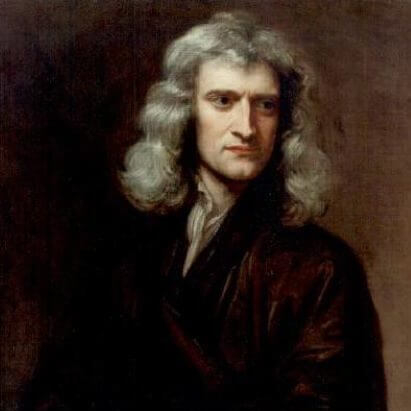
“If I have seen further it is by standing on ye sholders of Giants.”
Why: To understand the world.
What: A mathematician, physicist, astronomer, theologian, author, and a key figure in the scientific revolution. He formulated the laws of motion and universal gravitation, built the first practical reflecting telescope, made seminal contributions to optics, and shares credit with Gottfried Wilhelm Leibniz for developing the infinitesimal calculus.
How: Newton suffered from multiple traumas as a child, leading to an acute sense of insecurity which may have contributed to his lifetime of anxious obsessiveness. He was largely self-educated, with a special love of mathematics, physics, astronomy, alchemy, mysticism, and theology. He developed a systematic approach to organize his ideas, theories, and experiments. For two years during the black plague, he locked himself up at home to intensely study and write. He continued to work hard for 60 years, publishing multiple pioneering works. His process combined gritty dedication and single-minded focus, and he often spent long periods in solitude.
Image credits: Wikipedia
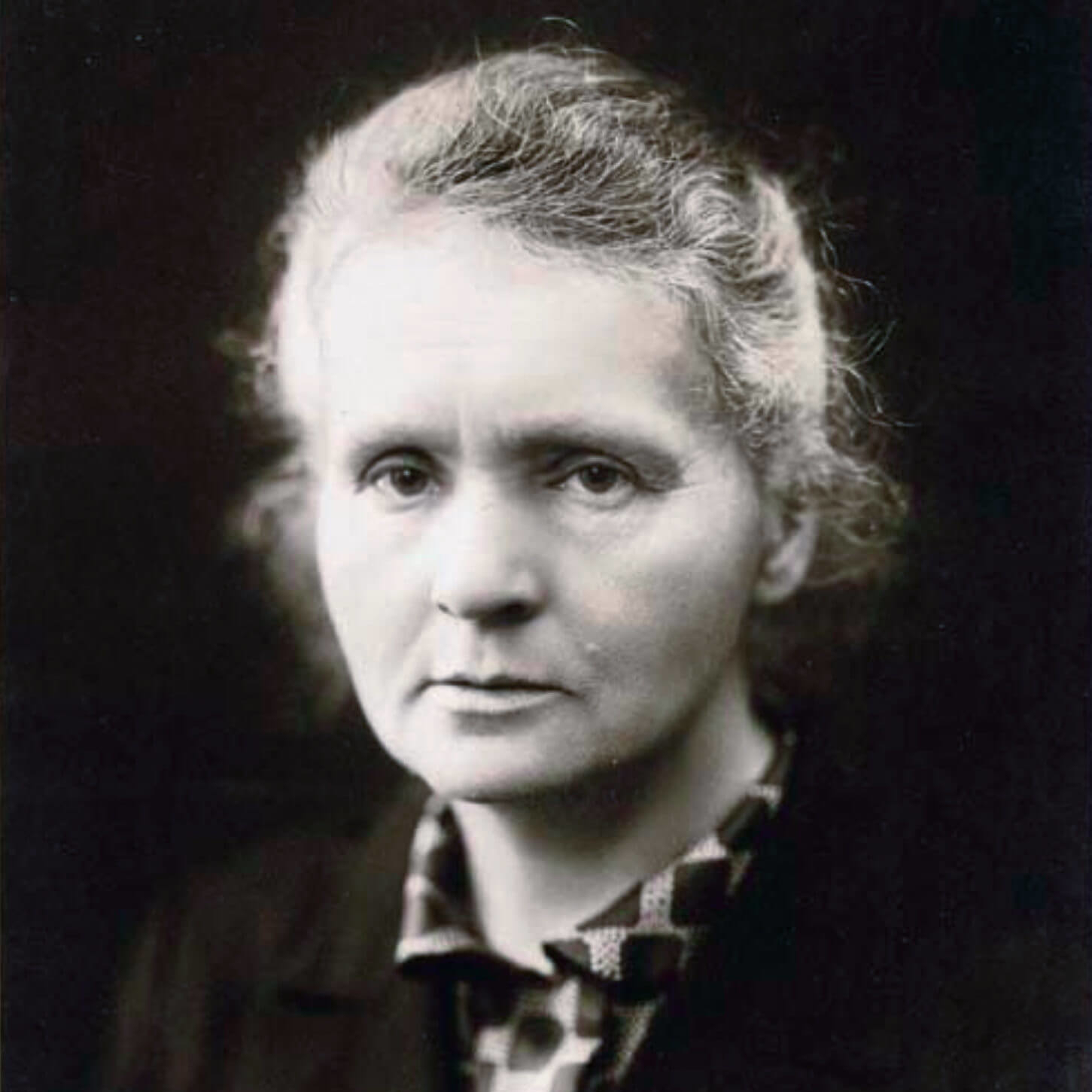
“It is important to make a dream of life and a dream reality.”
Why: To pursue “pure science…done for itself.”
What: A physicist and chemist who conducted pioneering research on radioactivity. She discovered both radium and polonium and contributed to finding treatments for cancer. She was the first woman to win a Nobel Prize, the first person and the only woman to win the Nobel Prize twice, and the only person to win the Nobel Prize in two scientific fields.
How: Even as a young girl, Curie was interested in science and proved herself early as an exceptional student. Poverty didn’t stop her from receiving an advanced education, which she pursued with zeal even in difficult circumstances. She married a fellow scientist and worked side-by-side together for 20 years. Marriage enhanced her life and career, and motherhood didn’t limit her focus on her research. She wholeheartedly devoted her life to the research and continued her experiments even as her repeated radiation exposure eventually killed her. At a time when men dominated science and biases against women were rampant, her drive, competence, and dignified insistence on respect helped to change gender barriers forever.
Image credits: Wikipedia
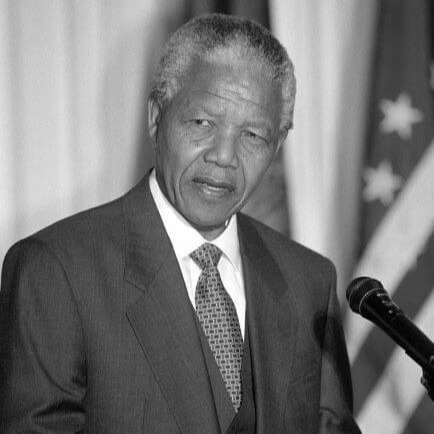
“It always seems impossible until it’s done.”
Why: To build a world of freedom and equality for all.
What: A political leader and philanthropist who served as the President of South Africa from 1994 to 1999. He emerged from 27 years in prison to help dismantle South Africa’s legacy of apartheid. He was the country’s first black head of state and the first elected in a fully representative democratic election. Widely regarded as an icon of democracy and social justice, he received more than 250 honors, including the Nobel Peace Prize.
How: As a young man in a racially divided country, Mandela developed strong values and began fighting the injustices he saw around him. This eventually landed him in prison. From his prison cell, he developed a long-term game plan of what he might do. When he was released he entered politics and carefully influenced a series of key decisions, holding firm to a morally just vision of the world. He weaved together values-based thinking, strong leadership, and strategic decision-making to transform a political party, a nation, and the world. He advocated for a unifying message of racial harmony, forgiveness without forgetting, power sharing, and a strong focus on the future, not the past.
Image credits: Britannica
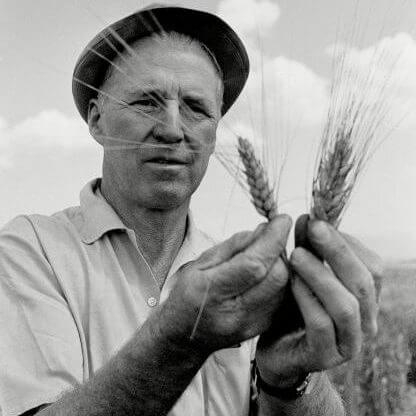
“I like to play the game hard. To me the most important game of all is the game of life, to try to elevate the standard of living of whom you’re trying to help.”
Why: To fight hunger with science. He wanted to provide “a temporary success in man’s war against hunger and deprivation”.
What: An agricultural scientist, plant pathologist, and winner of the Nobel Peace Prize in 1970. Known as the “Father of the Green Revolution”, Borlaug helped lay the groundwork for agricultural technological advances that alleviated world hunger.
How: Born on a farm, Borlaug eventually became an eclectic yet pragmatic scientist wholly dedicated to fighting hunger. He led a scientific collaboration with researchers from Mexico and later other countries to develop high-yield, disease-resistant wheat varieties. After 20 years of constant innovation, his efforts had yielded extraordinary returns. Approximately one billion people were saved from starvation from his and his collaborators’ discoveries. Throughout his career, he was driven by his passion for helping others. This led to a deep focus on doing what he considered his most important work (as opposed to “academic butterflies” or interesting pursuits that weren’t as important as feeding the world).
Image credits: Britannica
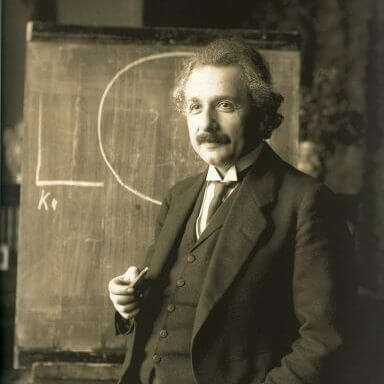
“Only those who attempt the absurd can achieve the impossible.”
Why: To unify the forces of nature in a single elegant theory.
What: A theoretical physicist who developed the theory of relativity and the mass–energy equivalence formula E = mc2, which has been dubbed “the world’s most famous equation”. He received the 1921 Nobel Prize in Physics “for his services to theoretical physics, and especially for his discovery of the law of the photoelectric effect”. He published more than 300 scientific papers and more than 150 non-scientific works.
How: From an early age, Einstein was fascinated by mathematics, science, and music. He developed a deep understanding of the problems of physics and became determined to solve them. He was fond of thought experiments, which he used to generate novel insights. Although he accomplished much, he was never satisfied–he regarded his major achievements as mere stepping-stones for the next advance. Despite repeated setbacks and rejections from fellow academics, he continued to fight hard for what he believed in. Throughout his decades long career, he focused intently on his work, but regularly took breaks to play the violin, go on long walks, or sail.
Image credits: Wikipedia
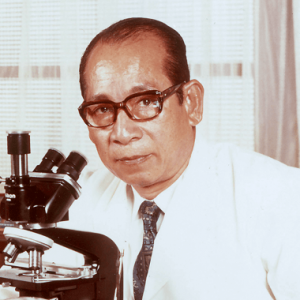
“Inspiration leads to invention. Tenacity is the breeding ground for inspiration. There can be no invention in the absence of tenacity.”
Why: To create foods to serve society; to dedicate his entire life thinking about food in new and creative ways.
What: Inventor of instant noodles; Founder of Nissin Food Products Co., Ltd. and the creator of the brands Top Ramen and Cup Noodles.
How: In a shed he built in the backyard of his home, he conducted non-stop research and development for a “ramen that can be quickly prepared and eaten at home with only hot water” for an entire year by setting five development objectives without taking a single day of rest and sleeping only four hours a night on average. After months of trial and error experimentation to perfect his flash-frying method, he marketed the first package of precooked instant noodles. Later on, he developed and globalized a new product: noodles in a cup that can be eaten with a fork.
Image credits: Nissin Group